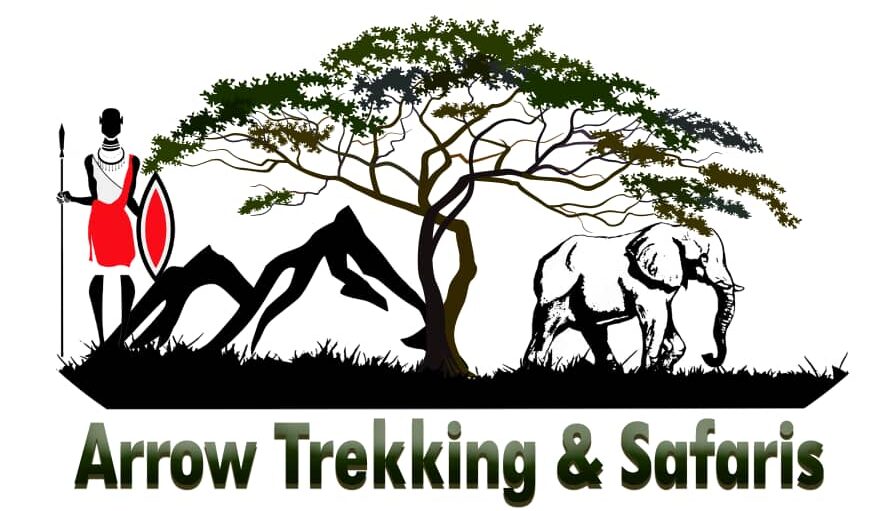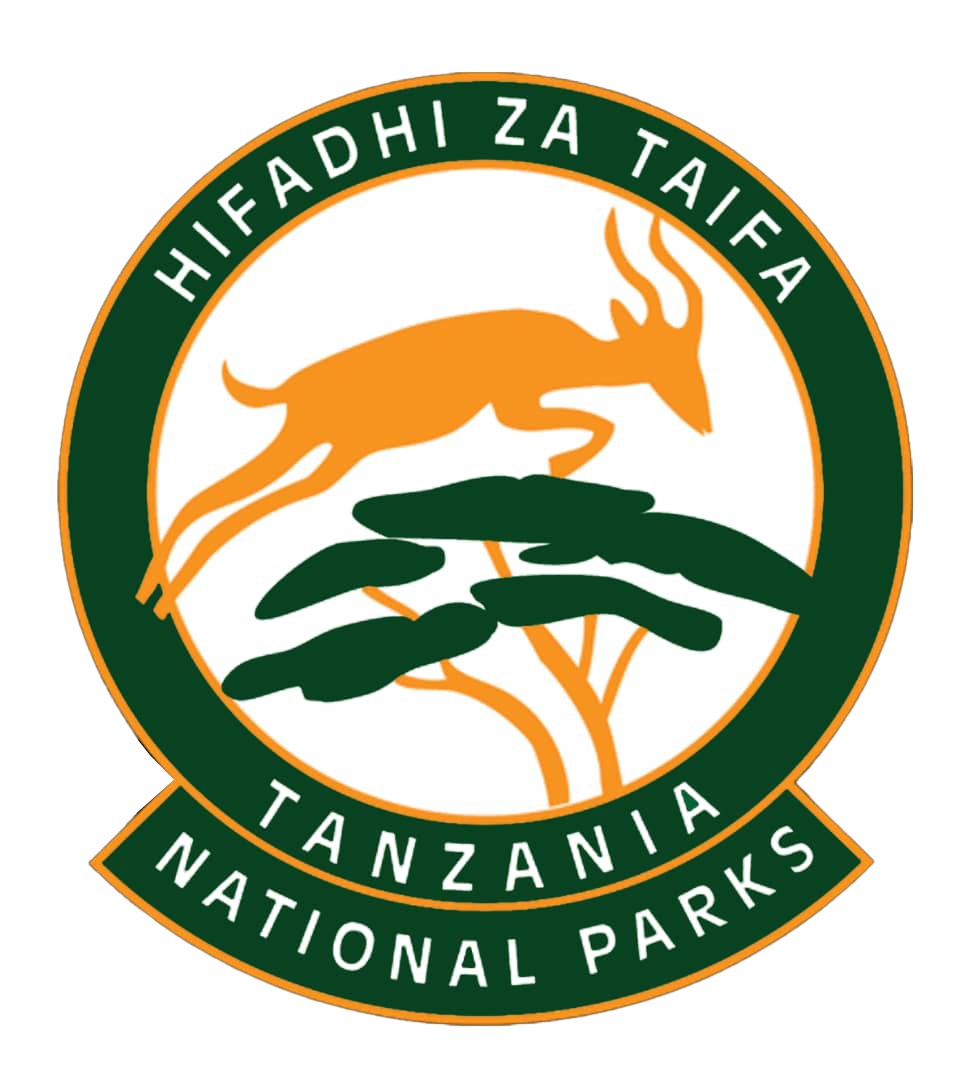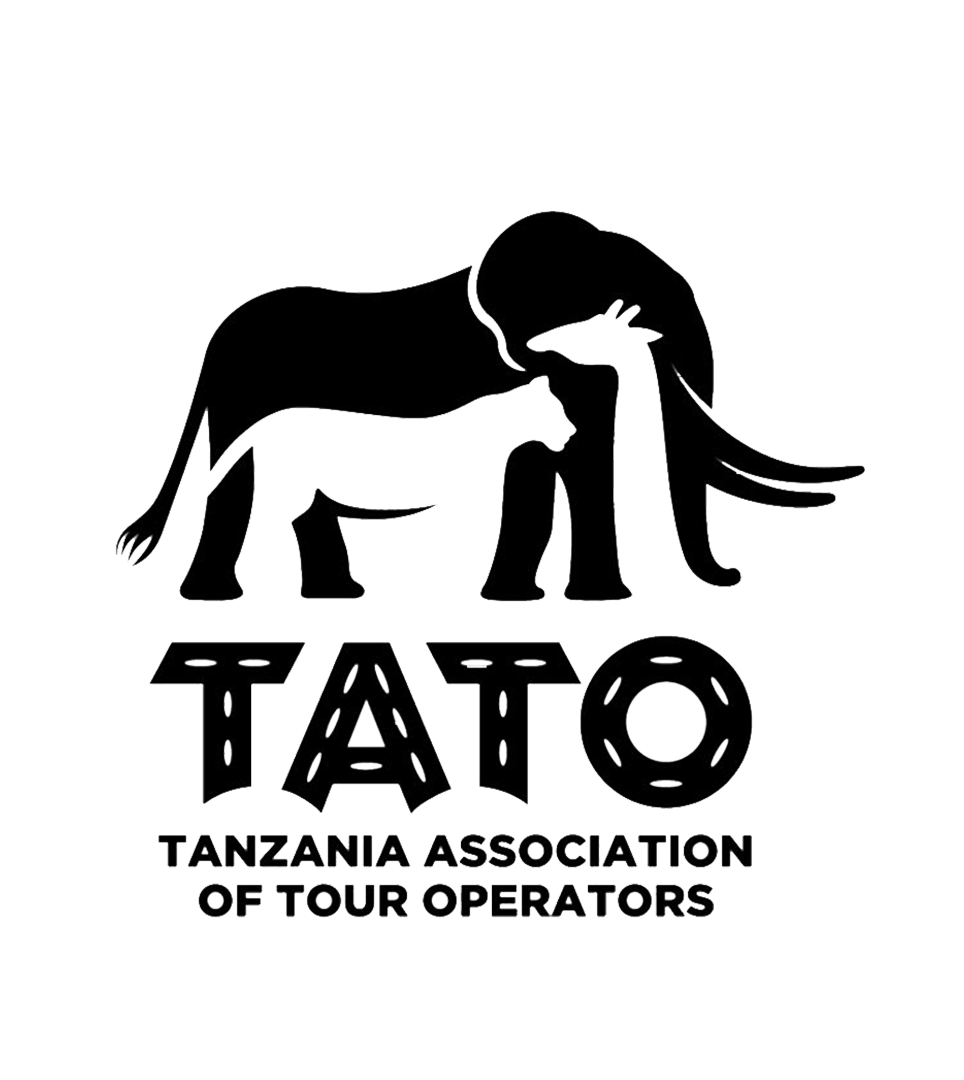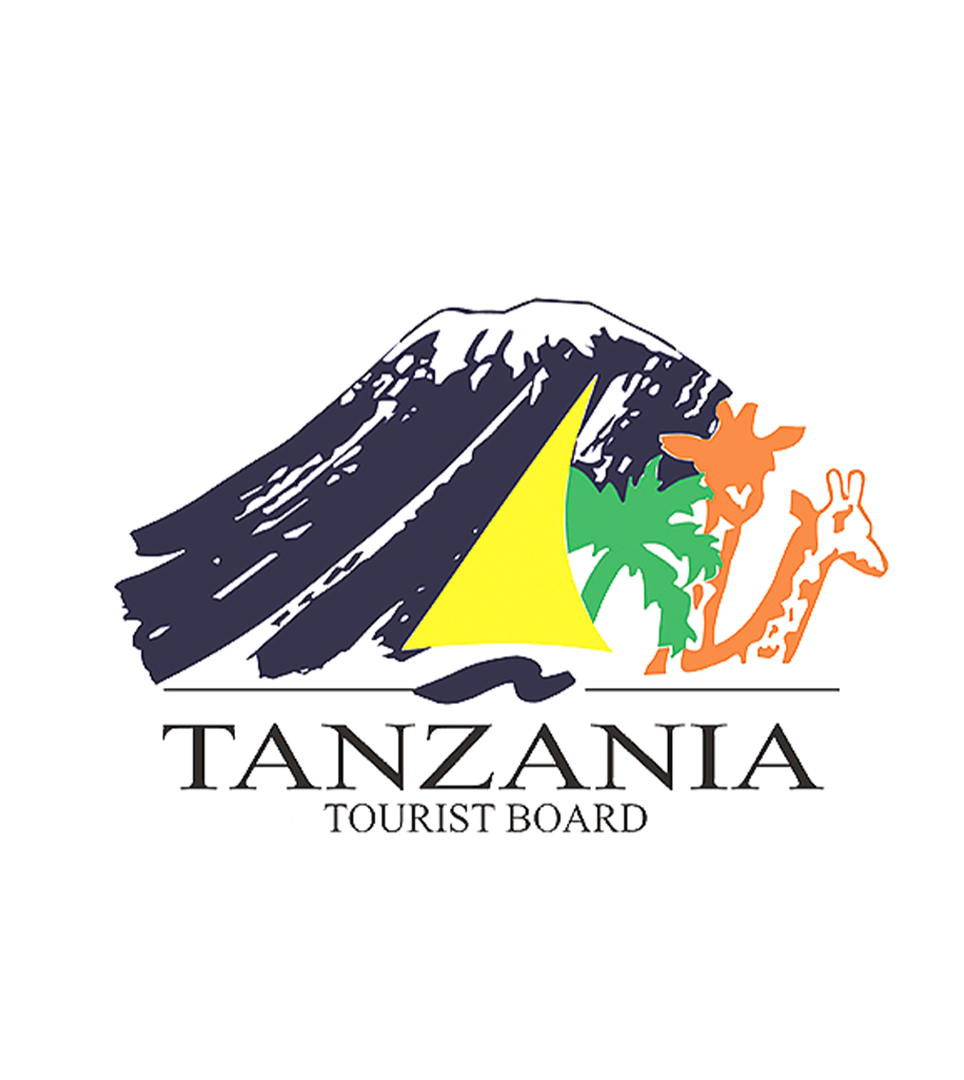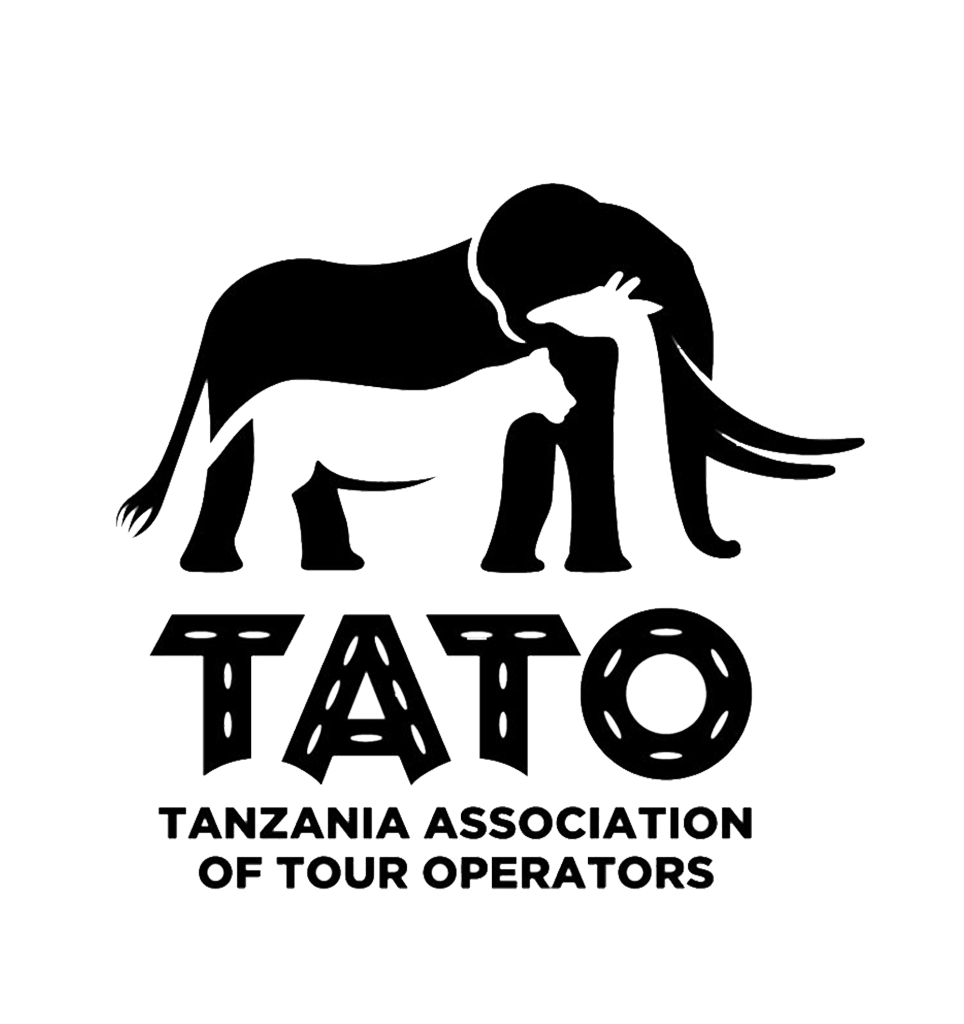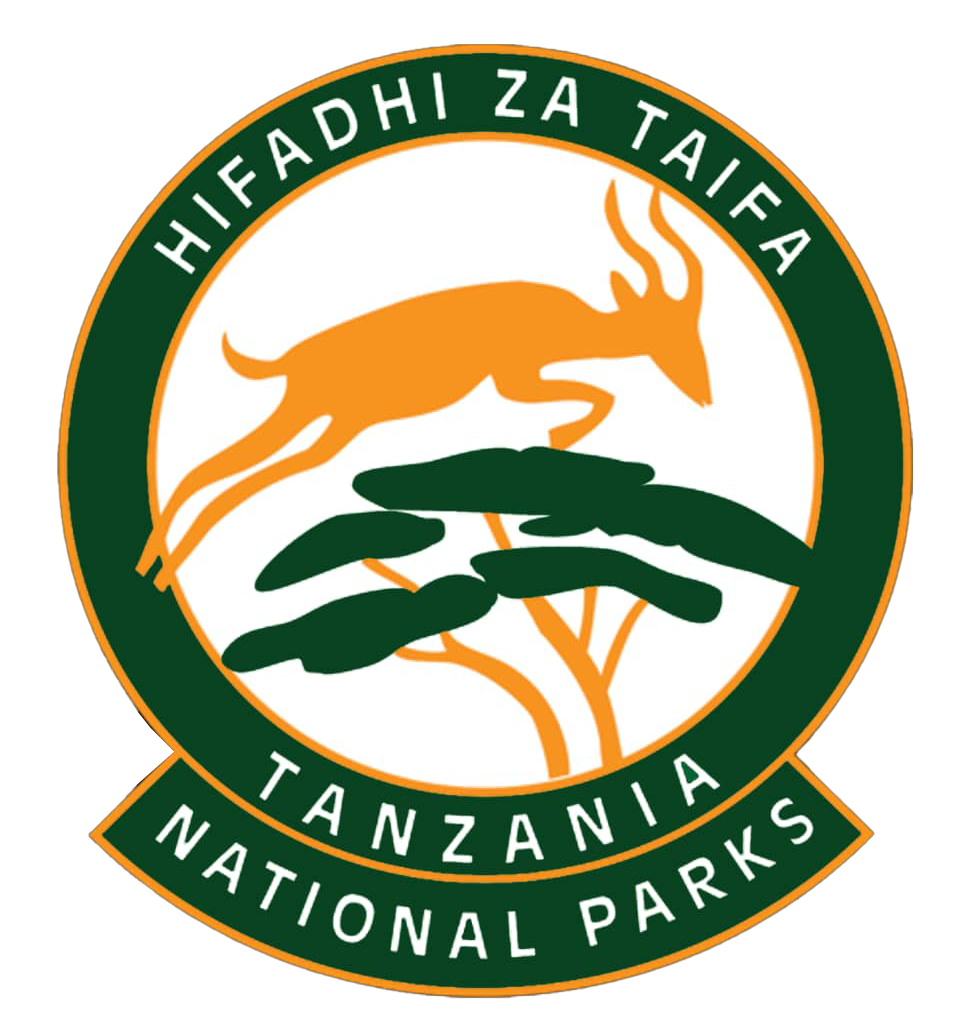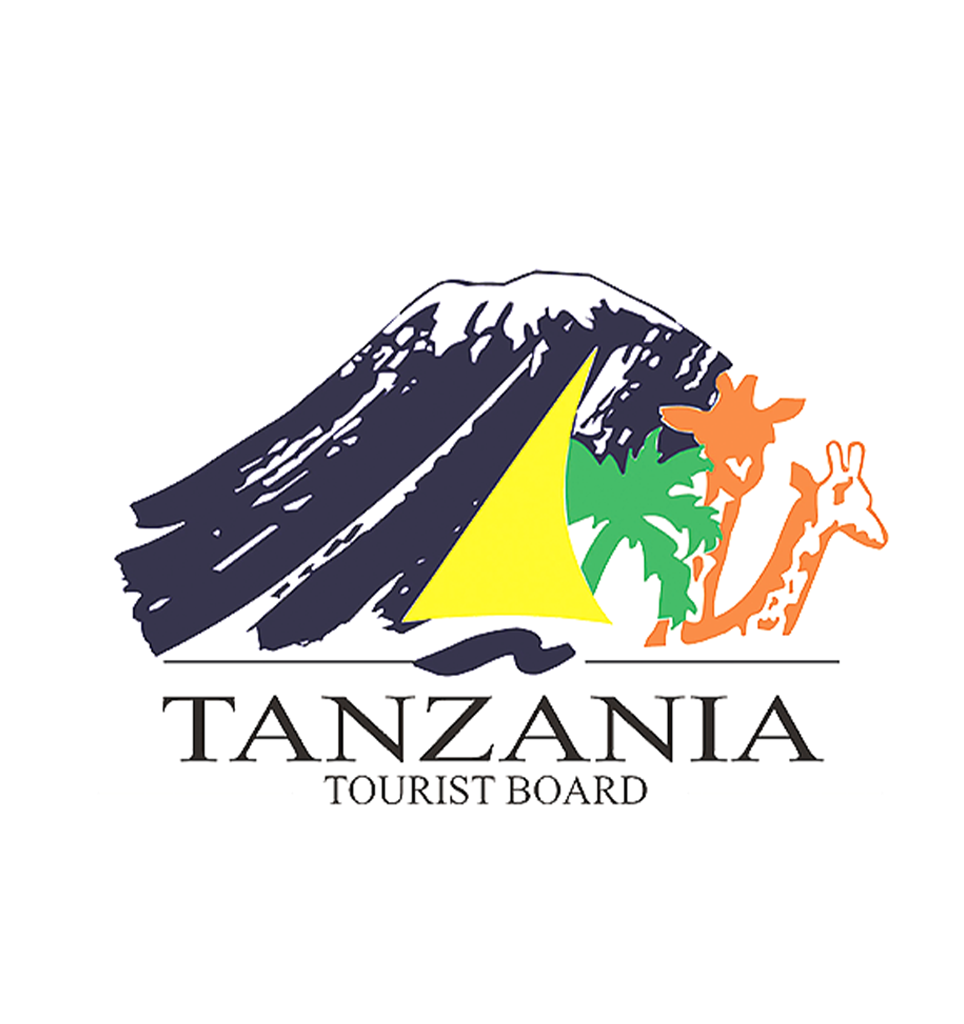Arrow Trekking and Safaris – Discover Africa’s top safari destinations with expertly crafted itineraries.
Overview
Tarangire National Park is one of Tanzania’s hidden gems, known for its massive elephant herds, ancient baobab trees, and rich wildlife diversity. Covering approximately 2,850 km² (1,100 mi²), it is the sixth-largest national park in Tanzania, located about 120 km (75 miles) southwest of Arusha. The park is part of the Northern Safari Circuit, often combined with Serengeti, Ngorongoro, and Lake Manyara safaris.
The park’s lifeline is the Tarangire River, which serves as a vital water source during the dry season (June–October), attracting thousands of animals, including elephants, lions, zebras, giraffes, buffaloes, and wildebeest. Tarangire is also a paradise for birdwatchers, with over 550 bird species, including the vibrant yellow-collared lovebird and rare great Kori bustard. Unlike other parks in Tanzania, Tarangire offers unique safari experiences like night game drives and walking safaris, making it a must-visit for adventure seekers.
Geography and Ecosystems of Tarangire National Park
Tarangire National Park features a diverse and scenic landscape, ranging from rolling savannas and riverine woodlands to lush swamps and towering baobab trees. The Tarangire River, which runs through the park, serves as the main water source for wildlife, particularly during the dry season, when large herds of elephants, buffaloes, zebras, and wildebeest congregate along its banks.
The park is renowned for its ancient baobab trees, which dominate the plains and provide food and shelter for many species. In the southern region, swamps and wetlands stay green throughout the year, attracting hippos, warthogs, and waterbucks, as well as an incredible variety of over 550 bird species. These ecosystems create an ideal habitat for predators like lions, leopards, and cheetahs, making Tarangire a prime safari destination with abundant wildlife and breathtaking scenery.
Climate and Seasons of Tarangire National Park
Tarangire National Park experiences a tropical savanna climate, with warm temperatures throughout the year. Daytime temperatures typically range between 26–30°C (79–86°F), while nighttime temperatures can drop to 14–18°C (57–64°F), especially in the cooler months. Humidity levels vary depending on the season, with drier conditions dominating part of the year and wetter periods bringing lush greenery to the landscape. Rainfall patterns shape the park’s ecosystems, influencing wildlife movement and vegetation growth.
Dry Season (June – October)
During this period, the park experiences little to no rainfall, resulting in dry landscapes and sparse vegetation. Wildlife gathers around the Tarangire River, making it the best time for game viewing. The days are warm, while mornings and nights can be cooler. This is also the peak tourist season due to optimal safari conditions.
Short Rainy Season (November – December)
The arrival of short rains rejuvenates the park, turning the landscape lush and green. While showers are brief and intermittent, they bring relief from the dry conditions. Wildlife remains active, and migratory birds begin arriving, making it a great time for birdwatching.
Long Rainy Season (March – May)
This is the wettest period in Tarangire, with heavier and more consistent rainfall. The park becomes a vibrant green paradise, supporting newborn animals and an influx of birds. Although some roads may become muddy, this is the least crowded season, offering more exclusive safari experiences with lower accommodation prices.
Best Activities in Tarangire National Park
Game Drives
Tarangire is famous for its exceptional game drives, offering close encounters with elephants, lions, giraffes, zebras, and cheetahs. The dry season provides some of the best wildlife viewing as animals gather around the Tarangire River. Morning and late afternoon drives are ideal for spotting predators and large herds of grazing animals.
Walking Safaris
For a more immersive experience, guided walking safaris allow visitors to explore the bush on foot. Accompanied by experienced guides, you’ll observe wildlife from a different perspective while learning about animal tracks, bird species, and plant life. This activity offers a thrilling way to connect with nature.
Birdwatching
With over 550 bird species, Tarangire is a paradise for bird lovers. The swamps, riverbanks, and savannas provide ideal habitats for species like the yellow-collared lovebird, Kori bustard, and African fish eagle. The rainy season is the best time to spot migratory birds in their vibrant breeding plumage.
Night Game Drives
Unlike many national parks in Tanzania, Tarangire offers night game drives, providing a rare opportunity to see nocturnal animals. With the help of spotlights, visitors may witness leopards, hyenas, civets, and porcupines as they become active after sunset. This unique experience adds an exciting dimension to any safari.
Best Activities in Tarangire National Park
Game Drives
Tarangire is famous for its exceptional game drives, offering close encounters with elephants, lions, giraffes, zebras, and cheetahs. The dry season provides some of the best wildlife viewing as animals gather around the Tarangire River. Morning and late afternoon drives are ideal for spotting predators and large herds of grazing animals.
Walking Safaris
For a more immersive experience, guided walking safaris allow visitors to explore the bush on foot. Accompanied by experienced guides, you’ll observe wildlife from a different perspective while learning about animal tracks, bird species, and plant life. This activity offers a thrilling way to connect with nature.
Birdwatching
With over 550 bird species, Tarangire is a paradise for bird lovers. The swamps, riverbanks, and savannas provide ideal habitats for species like the yellow-collared lovebird, Kori bustard, and African fish eagle. The rainy season is the best time to spot migratory birds in their vibrant breeding plumage.
Night Game Drives
Unlike many national parks in Tanzania, Tarangire offers night game drives, providing a rare opportunity to see nocturnal animals. With the help of spotlights, visitors may witness leopards, hyenas, civets, and porcupines as they become active after sunset. This unique experience adds an exciting dimension to any safari.
FAQs
Yes, a day trip from Arusha (about 2–3 hours by road) is possible, but an overnight stay is recommended for a better safari experience.
Yes, visitors can visit nearby Maasai villages to learn about their traditional lifestyle, customs, and crafts.
Yes, many itineraries include Tarangire, Lake Manyara, Ngorongoro Crater, and Serengeti for a complete Northern Circuit safari experience.
Yes, most international visitors require a visa to enter Tanzania. Tourist visas can be obtained online, at Tanzanian embassies, or upon arrival at the airport. It’s advisable to check specific visa requirements based on your nationality before traveling.
Yes, Tarangire offers a variety of lodges, tented camps, and budget campsites inside and near the park. Options range from luxury lodges with stunning views to affordable campsites for adventurous travelers.
Visitors are typically advised to get vaccinations for yellow fever (if traveling from a yellow fever-endemic country), typhoid, hepatitis A and B, and tetanus. Malaria prophylaxis is also recommended, as Tanzania is a malaria-endemic area. Consult your doctor for personalized advice.
Swahili is the official language of Tanzania, and English is widely spoken, especially in tourist areas. Learning a few Swahili phrases is appreciated and can enhance your cultural experience (greeting people with “Jambo” (hello) )
The official currency is the Tanzanian Shilling (TZS), but US dollars are widely accepted, especially in hotels, lodges, and for safari bookings. It’s advisable to carry smaller denominations and exchange money at authorized bureaus or banks.
